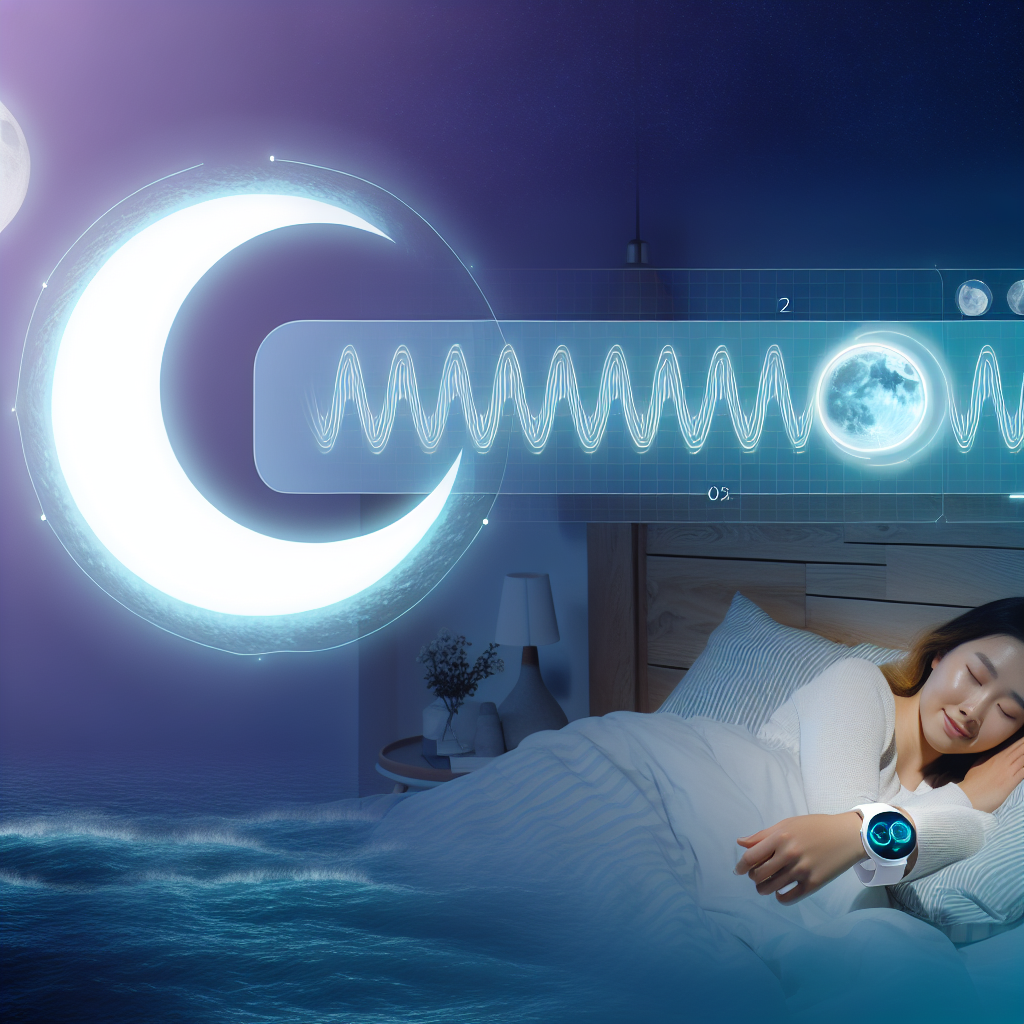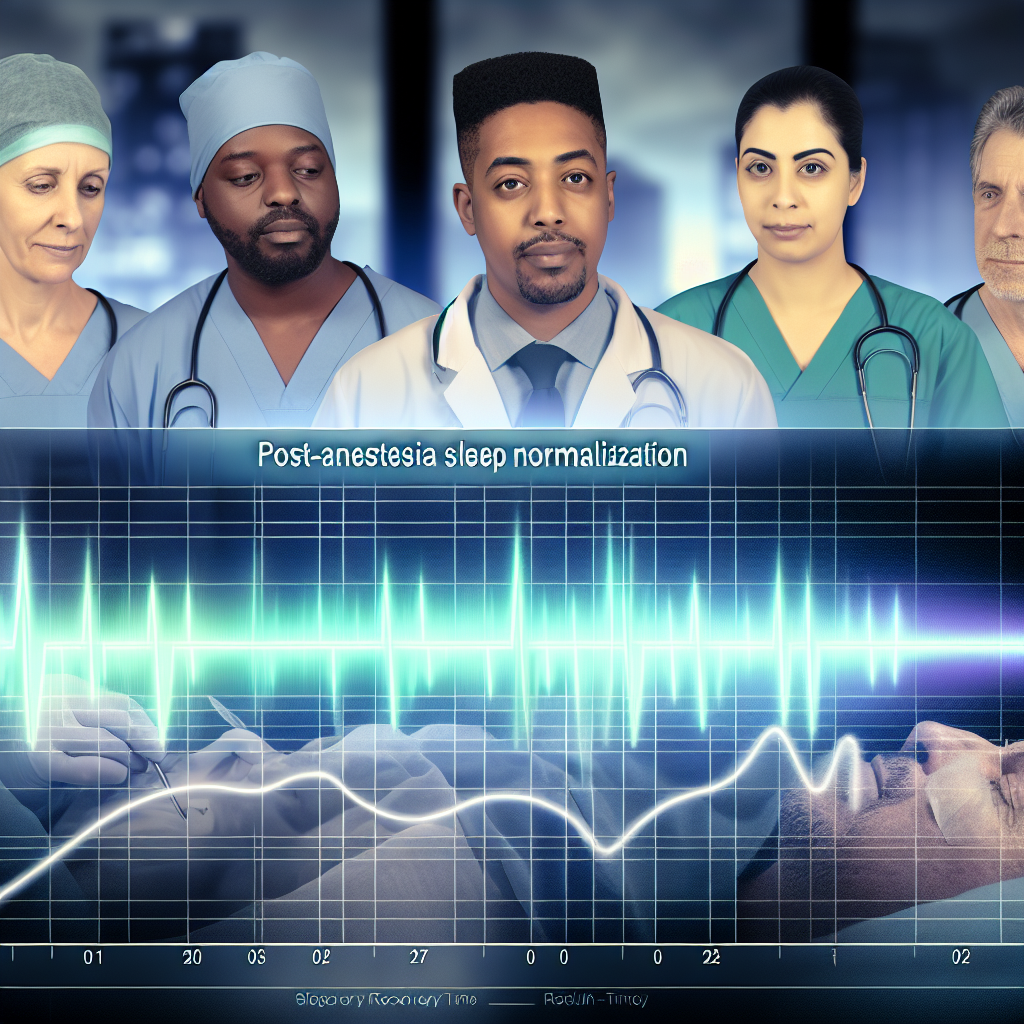# Sleep Quality During Menstruation: Hormonal Cycle Adaptation Tech
Understanding the Sleep Struggles During Menstruation
Sleep is the foundation of physical and mental well-being, yet for millions of women around the world, achieving restorative rest becomes increasingly difficult during menstruation. Hormonal fluctuations throughout the menstrual cycle cause notable changes in sleep quality, making certain phases particularly challenging. Increased discomfort, insomnia, anxiety, and interrupted sleep patterns during menstruation are common concerns that affect daily functioning, cognitive ability, and emotional stability.
To better understand this connection, it’s important to explore how hormones interact with circadian rhythms. Estrogen and progesterone levels fluctuate throughout the cycle, directly impacting the body’s internal clock, body temperature regulation, and neurotransmitter activity involved in sleep. During the luteal phase — the days leading up to menstruation — many women experience poor sleep due to heightened body temperature and reduced serotonin levels, which are crucial for mood and sleep regulation. Sleep disturbances intensify during menstruation due to factors like cramps, bloating, headaches, and emotional sensitivity, ultimately leading to fragmented sleep or insomnia.
Meet Hormonal Cycle Adaptation Tech: Smart Sleep Support for Every Phase
Recognizing the sleep challenges linked to the menstrual cycle, emerging technologies have emerged to provide relief. Hormonal Cycle Adaptation Tech refers to a growing field of wearable devices, apps, and smart textiles specifically designed to monitor menstrual phases, track physiological responses related to sleep, and adjust sleep environments accordingly. These innovations adapt to hormonal changes, helping women gain insight into their own sleep patterns and mitigate symptoms that disrupt rest.
From hormone-sensitive biometric tracking in smartwatches to AI-based apps predicting symptom severity and recommending personalized sleep strategies, this technology bridges the gap between menstrual health and sleep science. Many leading developers are now integrating hormonal tracking with sleep optimization tools, making it possible to improve sleep hygiene through precise, personalized data.
The goal of understanding and adapting sleep care around the menstrual cycle is not just about getting more rest—it’s about improving health, productivity, and emotional resilience in every stage of life. For adolescents experiencing early cycle changes, adults managing work and family, or perimenopausal women facing extended hormonal shifts, these technological advancements mark a major step forward in sleep health and holistic well-being.
What the Science Says: Hormones, Sleep Structure, and Disruption
Recent studies underscore how hormonal phases influence sleep architecture. A study published in the Journal of Clinical Endocrinology & Metabolism found that women experience notable changes in REM (rapid eye movement) and slow-wave sleep phases depending on their menstrual cycle phase. Particularly during the luteal phase, sleep efficiency significantly declines due to elevated progesterone and thermoregulation impairment, resulting in fragmented or lighter sleep.
Another study by the American Academy of Sleep Medicine concluded that women with premenstrual syndrome (PMS) or premenstrual dysphoric disorder (PMDD) display increased sleep difficulties during their menstrual cycles. Symptoms such as mood instability, breast tenderness, and cramping were strongly associated with difficulty initiating or maintaining sleep.
High-Tech Help: Wearables, Apps, and Smart Sleep Systems
To respond to these disruptions, researchers and tech developers have begun integrating adaptive technologies that synchronize with the hormonal cycle.
– Wearables like the Oura Ring and Fitbit Sense use biometric feedback—skin temperature, heart rate variability, and movement data—to monitor sleep in relation to menstrual cycle patterns. These devices now include menstrual tracking capabilities, offering tailored insights to help optimize rest.
– AI-powered apps such as Clue and Flo analyze hormonal trends to predict sleep quality changes and share targeted tips—for example, when to cut caffeine or boost magnesium intake.
– All-in-one platforms like Natural Cycles pair hormone data with lifestyle behavior tracking to help users identify ideal sleep windows and receive custom rest suggestions.
– Smart mattresses and bedding, like Eight Sleep’s Pod, now offer temperature-controlled features that adjust overnight based on your body’s heat output—especially helpful during the luteal phase, when core temperature increases.
CBT-I and Behavior Hacks: Clinically-Backed Sleep Solutions
Research also supports behavior-based approaches like Cognitive Behavioral Therapy for Insomnia (CBT-I), customized for menstrual symptoms. A study in Sleep Medicine Reviews revealed that CBT-I improved sleep in women suffering from cyclical insomnia, especially those with PMDD.
Doctors and sleep specialists now recommend hormone-conscious strategies like:
– Taking warm showers before bed to balance progesterone-induced temperature spikes
– Increasing magnesium intake during the late luteal phase to relax the nervous system
– Reducing screen time when hormonal sensitivity peaks
These small behavioral changes, supported by both science and smart technology, can make a lasting impact on nightly rest and daily resilience.
Embracing the Future: Smarter Sleep Through Menstrual Awareness
Sleep health remains an essential, yet often overlooked, aspect of a woman’s well-being, particularly when affected by menstruation. Hormonal fluctuations can disrupt sleep architecture, mood, and overall restfulness. However, with the aid of Hormonal Cycle Adaptation Tech, the landscape is rapidly evolving. From advanced wearables that track cyclic changes to intelligent bedding systems and AI-powered apps, we are seeing a new era of personalized sleep health tailored uniquely for the menstrual cycle.
These tools not only offer daily insights but empower users with actionable changes in lifestyle, diet, and sleep environment. Paired with clinical understanding from medical studies, this approach promotes a more holistic vision of rest and reproductive health. For women of all ages, embracing hormone-aware sleep tech promotes better nights, improved productivity, enhanced mental clarity, and a deeper connection to one’s biological rhythm. Through continued innovation and personalized care, restful nights are becoming more attainable—even during the most challenging phases of the menstrual cycle.
## Summary
This article explores the complex relationship between hormonal fluctuations and sleep quality during the menstrual cycle. It discusses how estrogen and progesterone levels impact circadian rhythms and sleep architecture, leading to increased sleep disturbances around menstruation.
The article then introduces the emerging field of Hormonal Cycle Adaptation Tech, which includes wearables, apps, and smart bedding that track menstrual cycle data and adjust sleep environments accordingly. This technology helps women gain insights into their own sleep patterns and implement personalized strategies to improve sleep hygiene.
The article also covers clinically-backed sleep solutions like Cognitive Behavioral Therapy for Insomnia (CBT-I) and hormone-conscious behaviors, demonstrating a holistic approach to enhancing sleep health and overall well-being during the menstrual cycle.

Dominic E. is a passionate filmmaker navigating the exciting intersection of art and science. By day, he delves into the complexities of the human body as a full-time medical writer, meticulously translating intricate medical concepts into accessible and engaging narratives. By night, he explores the boundless realm of cinematic storytelling, crafting narratives that evoke emotion and challenge perspectives.
Film Student and Full-time Medical Writer for ContentVendor.com



